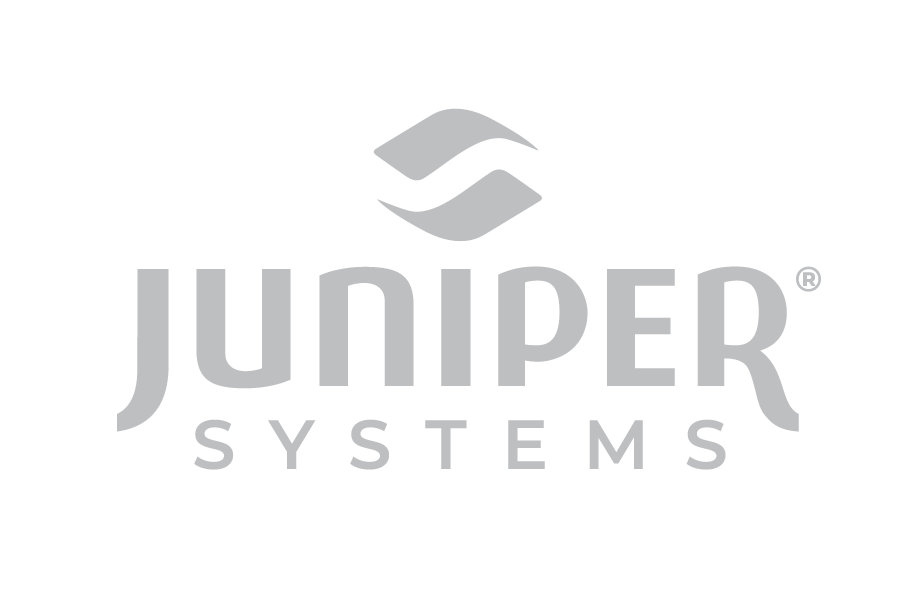
From those who are new to the world of RFID and rugged handheld computing, one of the most common questions I hear is “Which RFID frequency should I use: HF or UHF?” In this post, I’d like to help make this decision process a little bit easier. There are lots of different applications that use both HF (high frequency) and UHF (ultra-high frequency) RFID. And, like most options we have to choose between, each frequency has different pros and cons, so it really depends on what’s important for your specific application.
Below, I’ve provided a kind of assessment that will hopefully help you decide which RFID frequency is most beneficial to your organization. Asking yourself these questions will help give you a better idea of which direction you might want to take. If you are trying to choose between HF and UHF, I would definitely recommend doing some extra research on this topic, but this is a great starting point that will help you quickly understand some of the differences between HF and UHF RFID technology. So here you go.
1) Do you need the ability to read and write data over a distance greater than ~50 cm?
Yes → UHF might be a better option, allowing you to transfer data over several meters, while HF can only transfer data up to about 50 cm.
No → HF might be better for you because its range is shorter, making it more reliable.
2) Will your RFID tags be placed near liquids, metals, carbon substances, or other dielectric and conducting objects?
Yes → HF would probably work better because it is less vulnerable to interferences from surroundings. However, there are some manufacturers that have designed UHF tags that will work in these environments as well.
No → HF and UHF would both work well.
3) Do you need to store more than ~110 bytes of data on your RFID tags?
Yes → HF would probably be better because these tags can store between 64 bytes and 8 kilobytes of data, while UHF tags can only store 24-110 bytes of data.
No → Both HF and UHF would work—at this point you’d probably want to choose the most cost-effective option.
4) Do you need to read more than 20 RFID tags at one time?
Yes → UHF might be better for you since it can read up to 200 tags at a time, whereas HF can only read up to 20 tags at a time.
No → Both HF and UHF would work. However, if you’re planning to narrow down on one tag at a time, HF would probably be better since UHF might pick up multiple readings.
5) Will your tags be located in an area with a high amount of Electromagnetic Interference (EMI)? EMI is emitted by motors, robots on assembly lines, conveyors with nylon belts, etc.
Yes → HF would probably be best because it is less susceptible to inaccuracies due to EMI.
No → HF and UHF would both work.
6) Does your application require faster data transfer?
Yes → UHF would probably be better because it transfers data faster than HF.
No → HF and UHF would both work.
7) Is power usage an important consideration for your application?
Yes → HF might be better because it uses less power than UHF.
No → HF and UHF would both work.
8) Are there inhibiting UHF restrictions in your geographic location that would interfere with your use of UHF RFID?
Yes → HF might be better because the same HF technology is accepted worldwide, whereas UHF restrictions vary according to region.
No → HF and UHF would both be fine.
Also, another FYI: some RFID readers don’t support certain frequencies, so be sure to consider that as well. Hopefully this helped! You may have heard that we now carry RFID readers for our rugged handheld computers, which operate at both HF and UHF. Feel free to contact us to find out more.
If you have any other questions about RFID frequencies, ask away in the comments below.
Source: TURCK
